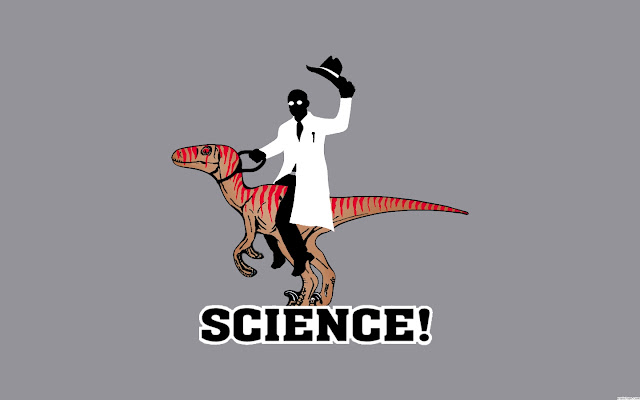abbrev
Member
I have read conflicting statements on where the flame of a jet torch lighter is hottest and could not find a conclusive explanation. On one hand I read that the blue part is the hottest part as it contains most compact heat on another forum I read that the hottest part is in front of the blue part because the blue is unburned fuel. Another guy said the hottest sweet spot would actually be in front and above or below the flame because compressed air cools it, which also would make sense.
However, my head is spinning and I don't know what to make of it. By any chance does someone have a diagram of a butane jet torch lighter type flame handy indicating the temp zones? It has to be on Google but I couldn't find it, only pages and pages of ads for jet lighters...
However, my head is spinning and I don't know what to make of it. By any chance does someone have a diagram of a butane jet torch lighter type flame handy indicating the temp zones? It has to be on Google but I couldn't find it, only pages and pages of ads for jet lighters...



